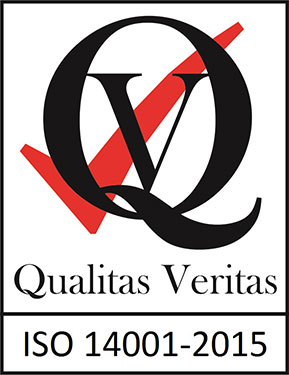The City of London may not be referred to as a Borough in its own right but it is a principal division. The area covers just 1.12 square miles, making it by far the smallest. Even with this though, it is home to an incredible array of valuable properties, from business premises to homes. Many of them prove to be very good investment opportunities.
The 2011 Census data showed that an incredible 32% of the housing stock in the City of London was privately rented. This was significantly more than the average for the whole of the capital (25%). The situation may have gotten worse since with more investors purchasing homes to offer them as rentals.
The value of homes in the City of London puts even more pressure on landlords to find tenants quickly. The more time properties stand empty the higher the losses. Just a few months without a tenant can result in big problems. Investors who rent privately need to be prepared for this.
In addition to the above landlords need to ensure they understand the licensing requirements. These are set to change in 2017 so even more properties will need to be licensed. Fortunately the City of London doesn’t have a selective licensing scheme. This means a license is not needed if a property is rented to a single family. Some HMOs may need a license under the mandatory HMO licensing scheme. Properties over three storeys in height with five or more people in two or more households must be licensed.
A good option if you want to avoid problems finding tenants, void periods when properties are unoccupied, and licensing requirements is to choose council leasing in the City of London. That way you can let with the local authority rather than privately. This kind of arrangement provides many great benefits whilst ensuring landlords receive a set fee on the same date every month.
If you would like help with council leasing in the City of London you can contact our team at Finefair. We will explain how the process works and the benefits.




